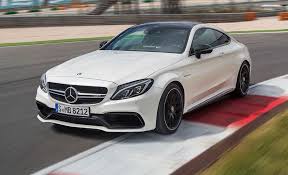


This edition of the Porsche 911 Turbo SE 930 is the 5 speed / Manual version and was first brought out in 1986. This was at around the same time as the introduction of the 1987 Porsche 959 Turbo and the 1987 Ferrari F40 2.9 V8.This particular Porsche 911 has a 3299cc Turbo Petrol powerplant with 6 cylinders in a F formation.
The 911 shares its Petrol F6 engine configuration with the likes of the 2017 Porsche 911 GT2 RS and the 2016 Porsche 911 Turbo S 991 II. If you're looking for other fast cars which share the 911's Rear Wheel Drive, Coupe combination then how about the 1982 Fiat X1/9 1.5 8V or the 1965 Aston-Martin DB6 1965.
Weighing in at 1335 kgs (2943 lbs) this makes the Porsche 911 Turbo SE 930 in the same weight category as the 2021 Aston-Martin Valkyrie Spider 6.5 V12 or the give or take 50kg.
In terms of power the 3299cc 12V F6 engine produces 325 bhp (242 kW) @ 5750 rpm similar to the 2024 Mazda CX-90 S 3.3 Turbo (340 bhp) or the 2023 Porsche Cayenne Coupe 3.0 V6 Turbo (348 bhp).
The Turbo F6 throws out 344 lb-ft (466.4 Nm) @ 4500 rpm placing it with cars of similar torque performance figures such as the 2024 Mazda CX-90 S 3.3 Turbo (369 lb-ft) or the 2023 Porsche Boxster Spyder RS 4.0 982 (332 lb-ft).
If one combines the weight with power or torque performance for the Porsche 911 you can get a better idea of it's real world performance.
![BMW 3 Series M3 CRT E90 - [2011] image BMW 3 Series M3 CRT E90 - [2011] image](/editionimages/1002.jpg)
The 2011 BMW 3 Series M3 CRT E90 (268.2 bhp per ton) has similar Bhp Per Ton stats as the Porsche 911.
The Porsche 911 has a Power to weight ratio of 243.4 bhp per ton and 257.6 lb-ft per ton. Bhp Per Ton figures of the 1986 911 competing with the 2011 BMW 3 Series M3 CRT E90 (268.2 bhp per ton) or the 2013 Alfa-Romeo 4C 1.8 Turbo (268.1 bhp per ton).
If you agree with the late great Carroll Shelby then arguably an even better indicator of potential performance, Torque. Use weight as well and you end up with - Torque per ton, with the Porsche 911 generating around 257.6 lb-ft per ton. If you're curious as to what other cars have as much torque to weight then look no further than the 2021 Porsche Cayenne GT 4.0 V8 Bi-Turbo (282.4 lb-ft per ton) or the 1995 Ferrari F50 4.7 V12 (282.1 lb-ft per ton).
With a 0-60mph time of 5.10 secs or a 0-100km/h (0-62mph) of 5.3 secs, this made the Porsche 911 Turbo SE 930 as fast as the 2018 Alfa-Romeo Giulia Ti 2.0 Turbo (5.10 secs) the 2018 Alfa-Romeo Giulia Q4 2.0L Turbo (5.10 secs) the 2017 Audi A6 3.0T Competition (5.10 secs) the or the 2017 Dodge Challenger RT 5.7 V8 (5.10 secs). This Porsche 911 Turbo SE 930 is also faster than the 2021 Honda Civic Type R 2.0 16V Limited Edition (5.20 secs) the 2021 Ford Mustang Mach-E AWD (5.20 secs) the 2018 BMW X7 xDrive 50i 4.4 V8 Turbo (5.20 secs) the and the 2018 Tesla Model 3 Mid Range (5.20 secs).
When talking about the performance of the Porsche 911 on the drag strip it can reach a quarter mile in an estimated 13.11 secs @ 104.3 mph. Similar performance down the quarter mile can be found with the the 1993 Toyota Supra 3.0 Twin Turbo (13.05 secs), the 1970 Ford Torino 2nd Gen GT 429 4V Cobra Jet V-8 4-speed (13.05 secs), and the 1994 Mitsubishi 3000 GT VR-4 (13.06 secs).
Modern performance cars are often artificially restricted to 155mph. The 1986 version of the Porsche 911 Turbo SE 930 has a maximum speed of 171mph.
If maxing out your car on the AutoBahn is your thing and you're wondering what's faster than the 1986 Porsche 911 Turbo SE 930 then how about the 2020 Porsche Boxster GTS 4.0 982 (182 mph), the 2021 Mercedes SL Class 55 4Matic+ 4.0 V8 Twin Turbo (183 mph), or the 2015 Porsche Cayman GT4 3.8 981 (183 mph).


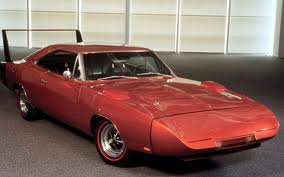
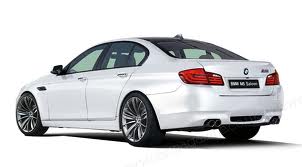
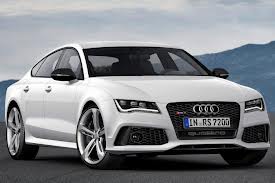

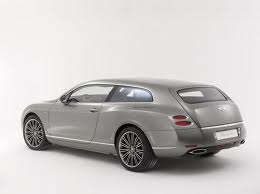


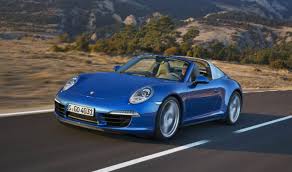
Porsche 911 Targa 4 991
Engine: Naturally Aspirated Petrol | 3436cc 24v St6
Top Speed: 175 mph
0-60mph: 5.10 seconds

Volkswagen-VW Touareg 4.9 V10
Engine: Turbo Diesel | 4921cc 40v V10
Top Speed: 228.5 kph
0-100kph: 6.9 seconds



















